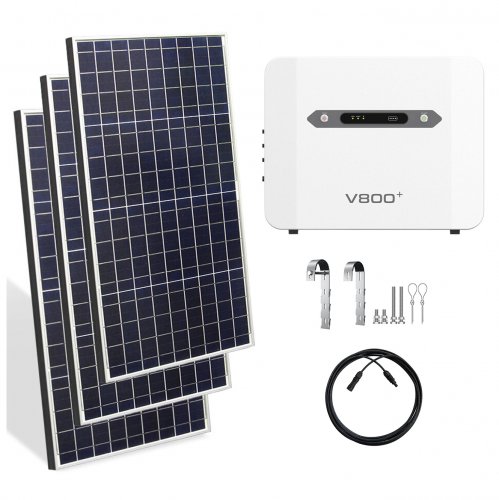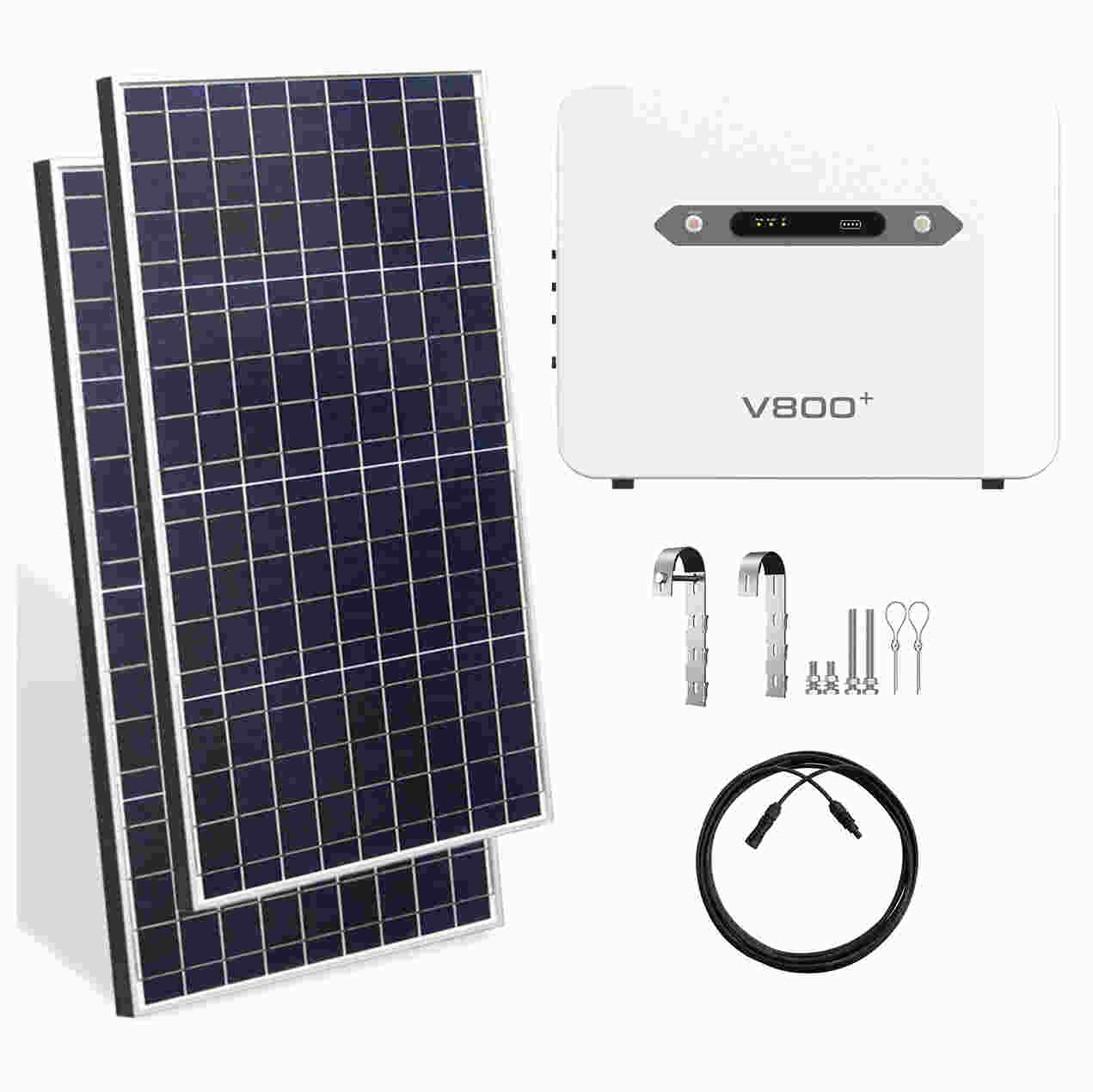Battery Safety Improvements News: Next-generation Technologies And Strategic Shifts Reshape Industry Standards
The global push towards electrification, spanning consumer electronics, electric vehicles (EVs), and grid-scale energy storage, has placed unprecedented focus on the fundamental component enabling this transition: the battery. While energy density and charging speed have long been the headline metrics, a series of high-profile safety incidents has propelled battery safety improvements to the forefront of industry priorities. A concerted effort involving material scientists, manufacturing engineers, and software developers is driving a new wave of innovations designed to mitigate risks and build consumer trust.
Latest Industry Developments: From Lab Breakthroughs to Factory Floors
Recent months have seen significant advancements transition from research laboratories to commercialization. A key development is the accelerated adoption of solid-state electrolytes. Companies like QuantumScape and Solid Power have begun shipping prototype samples to automotive partners for testing. These solid-state cells replace the flammable liquid electrolyte found in traditional lithium-ion batteries with a solid ceramic or polymer material, virtually eliminating the risk of fires caused by internal short circuits.
Concurrently, there is a growing integration of more sophisticated Battery Management Systems (BMS). Companies such as Texas Instruments and Analog Devices are releasing new chipsets capable of micro-monitoring individual cell voltages, temperatures, and internal impedance with far greater precision. This granular data allows the BMS to predict and prevent thermal runaway by preemptively disconnecting cells showing signs of stress, a significant step beyond simply reacting to overtemperature events.
On the manufacturing front, there is an increased emphasis on quality control through artificial intelligence and machine learning. Tesla, for instance, has publicized its use of AI to scan battery cell production for microscopic defects—anomalies invisible to the human eye that could become failure points years later. This shift towards predictive quality assurance represents a proactive approach to safety, aiming to eliminate faults at the source rather than containing them after the fact.
Trend Analysis: Multi-layered Safety Becomes the Norm
The industry is moving away from viewing safety as a single feature and towards a holistic, multi-layered strategy. This integrated approach encompasses:
1. Inherently Safer Chemistries: Beyond solid-state, there is renewed interest in lithium iron phosphate (LFP) chemistry. While offering lower energy density than nickel-based chemistries, LFP batteries are inherently more stable and less prone to thermal runaway, leading to their rapid adoption in standard-range EVs and energy storage systems where absolute safety is paramount.
2. Advanced Structural Design: Cell-to-pack (CTP) and cell-to-chassis (CTC) architectures are becoming standard in EV design. By integrating cells directly into the battery pack or vehicle chassis, manufacturers can incorporate more robust and scalable passive safety features. These include better thermal barrier materials between cells, more efficient cooling channels, and reinforced structures that protect the battery in the event of a collision.
3. The Software Shield: The role of software is expanding from management to prediction. Cloud-connected BMS units can now stream performance data back to manufacturers, enabling the creation of massive datasets. By applying analytics to this data, companies can identify patterns that precede failures, potentially allowing for safety recalls or software updates to be issued before a critical incident occurs. This trend points towards a future of predictive maintenance and over-the-air safety enhancements.
4. Recycling and Second-Life Safety: As the first generation of EV batteries reaches end-of-life, safety considerations are extending to recycling facilities and second-life applications (e.g., using old EV batteries for stationary storage). New standards and technologies are being developed to safely discharge, disassemble, and process batteries, addressing risks that emerge when batteries are damaged or aged.
Expert Perspectives: Cautious Optimism and Emphasis on Integration
Industry experts acknowledge the progress while highlighting the challenges that remain. Dr. Elena Rodriguez, a materials scientist at the Electrochemical Innovation Lab, University College London, states, "Solid-state batteries are a monumental leap forward for safety, but their path to mass production at a competitive cost is still fraught with engineering challenges. Scaling up production of defect-free solid electrolytes is the current bottleneck."
Meanwhile, Michael Chen, an engineering director at a major EV manufacturer, emphasizes the systems approach. "A perfect cell is useless without a perfect system to manage it. The biggest gains in safety we're seeing now come from the tight integration of hardware and software. It's the BMS's ability to understand the precise behavior of each cell that unlocks the next level of safety performance."
Regulatory bodies are also playing a catch-up role. New safety standards are being drafted that go beyond initial performance to encompass entire lifecycle management, including stress testing under extreme conditions and guidelines for end-of-life handling. This regulatory push is expected to formalize many of the best practices currently being pioneered by industry leaders.
In conclusion, the landscape of battery safety is evolving rapidly, driven by a combination of technological innovation, strategic manufacturing shifts, and an overarching focus on systemic risk mitigation. The industry's move towards inherently stable chemistries, intelligent software management, and predictive manufacturing analytics signifies a mature and responsible approach to growth. While no technology can ever be deemed entirely risk-free, the current trajectory of battery safety improvements is a strong indicator that reliability and safety are becoming the foundational pillars of the electrified future.
Customized/OEM/ODM Service
HomSolar Supports Lifepo4 battery pack customization/OEM/ODM service, welcome to contact us and tell us your needs.


HomSolar: Your One-stop LiFePO4 Battery Pack & ESS Solution Manufacturer
Our line of LiFePO4 (LFP) batteries offer a solution to demanding applications that require a lighter weight, longer life, and higher capacity battery. Features include advanced battery management systems (BMS), Bluetooth® communication and active intelligent monitoring.

Customised Lithium Iron Phosphate Battery Casing
ABS plastic housing, aluminium housing, stainless steel housing and iron housing are available, and can also be designed and customised according to your needs.

HomSolar Smart BMS
Intelligent Battery Management System for HomSolar Energy Storage System. Bluetooth, temperature sensor, LCD display, CAN interface, UART interface also available.


Terminals & Plugs Can Be Customized
A wide range of terminals and plugs can be customised to suit the application needs of your battery products.

Well-designed Solutions for Energy Storage Systems
We will design the perfect energy storage system solution according to your needs, so that you can easily solve the specific industry applications of battery products.



About Our Battery Cells
Our energy storage system products use brand new grade A LiFePO4 cells with a battery lifespan of more than 4,000 charge/discharge cycles.



Applications in Different Industries
We supply customized & OEM battery pack, assemble cells with wiring, fuse and plastic cover, all the cell wires connected to PCB plug or built BMS.
Applications: E-bike, Electric Scooter, Golf Carts, RV, Electric Wheelchair, Electric Tools, Robot Cleaner, Robot Sweeper, Solar Energy Storage System, Emergency Light, Solar Power Light, Medical Equipment, UPS Backup Power Supply.
We can provide you with customized services. We have the ability to provide a vertical supply chain, from single cells to pack/module and to a complete power solution with BMS, etc.


HomSolar (Shenzhen) Technology Co., Ltd
























